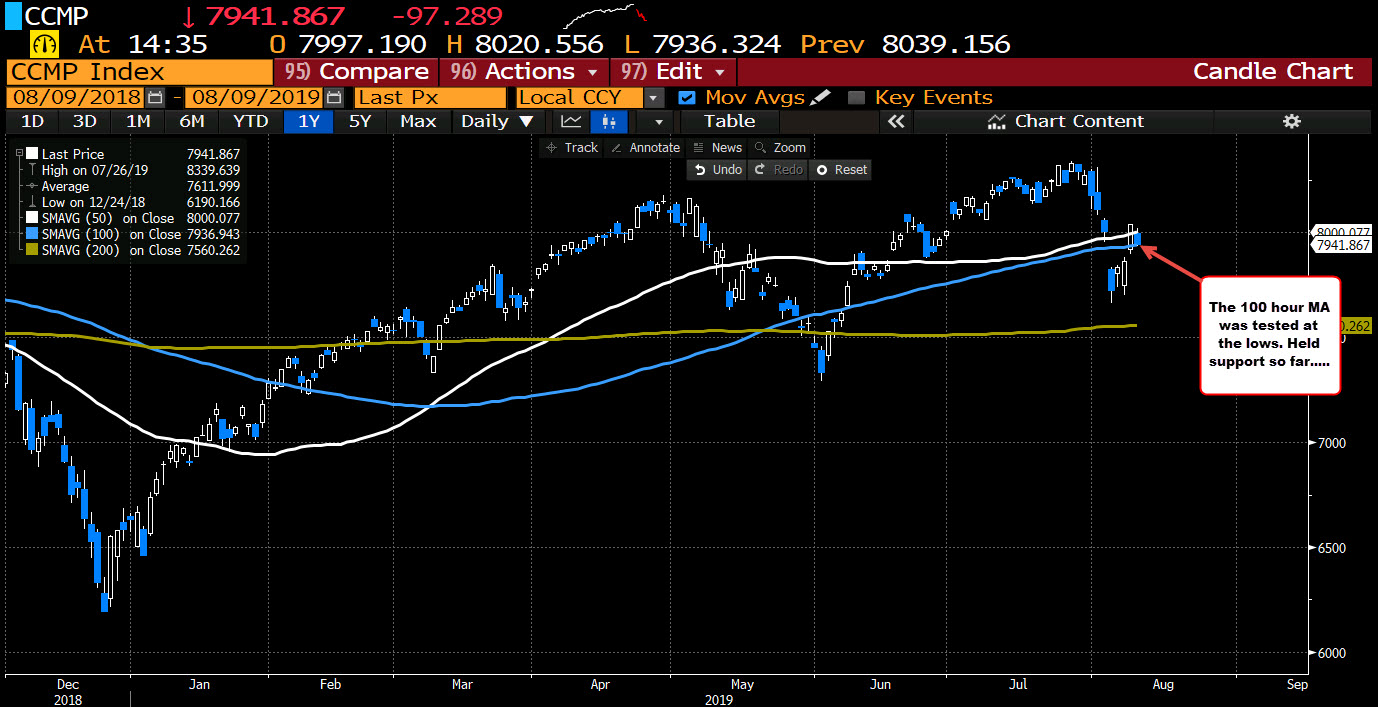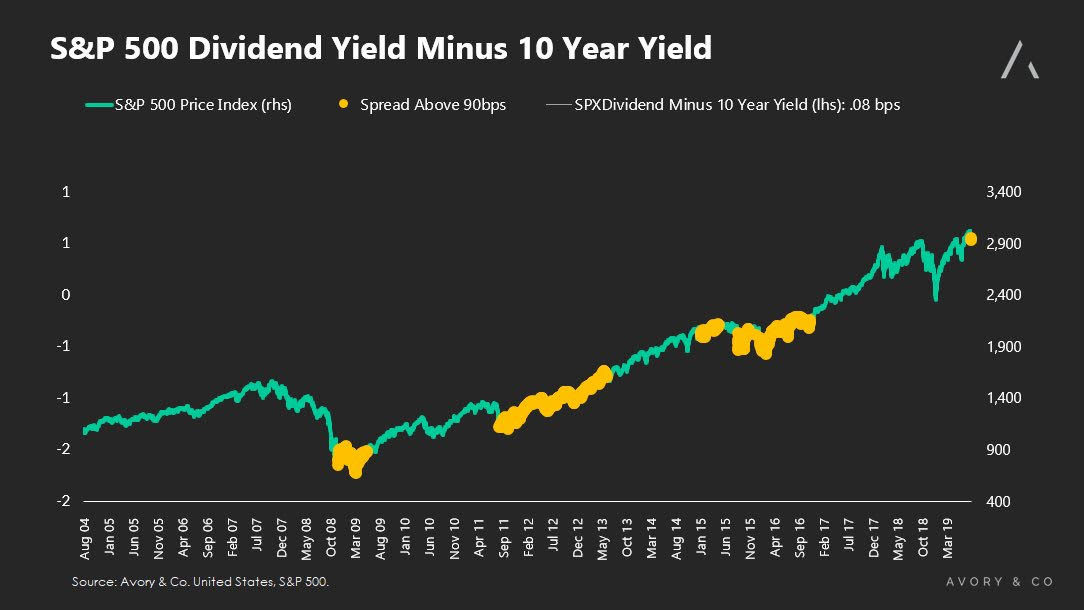China’s Huawei Technologies on Friday unveiled its own smartphone operating system which it said could replace Google’s Android in just “one to two days” if access to the world’s most popular mobile platform were blocked by the U.S.
The tech giant said its Harmony OS — pronounced Hongmeng in Chinese — was more flexible than Google’s Android, capable of supporting all devices from smartphones and smart speakers to wearables, smart displays and next generation automobiles. The system was revealed at Huawei’s annual developers’ conference in Dongguan by Huawei’s Consumer Electronics Group CEO Richard Yu.
“We can start using our Harmony OS anytime for smartphone and the migration from Google’s Android to our own Harmony OS is not that difficult… We can do it in one to two days,” Yu said.
Harmony OS is a key weapon in Huawei’s fightback against the campaign by the U.S. government to restrict the technological development of the world’s second biggest smartphone maker. It will allow the group to offer a common ecosystem of services and applications across all of its consumer devices.
However, in an implicit admission that Harmony OS could struggle in a consumer segment where 80% of all smartphones carry the Google system, Yu said Huawei would continue to prioritize using Android for its smartphones if allowed. (more…)





